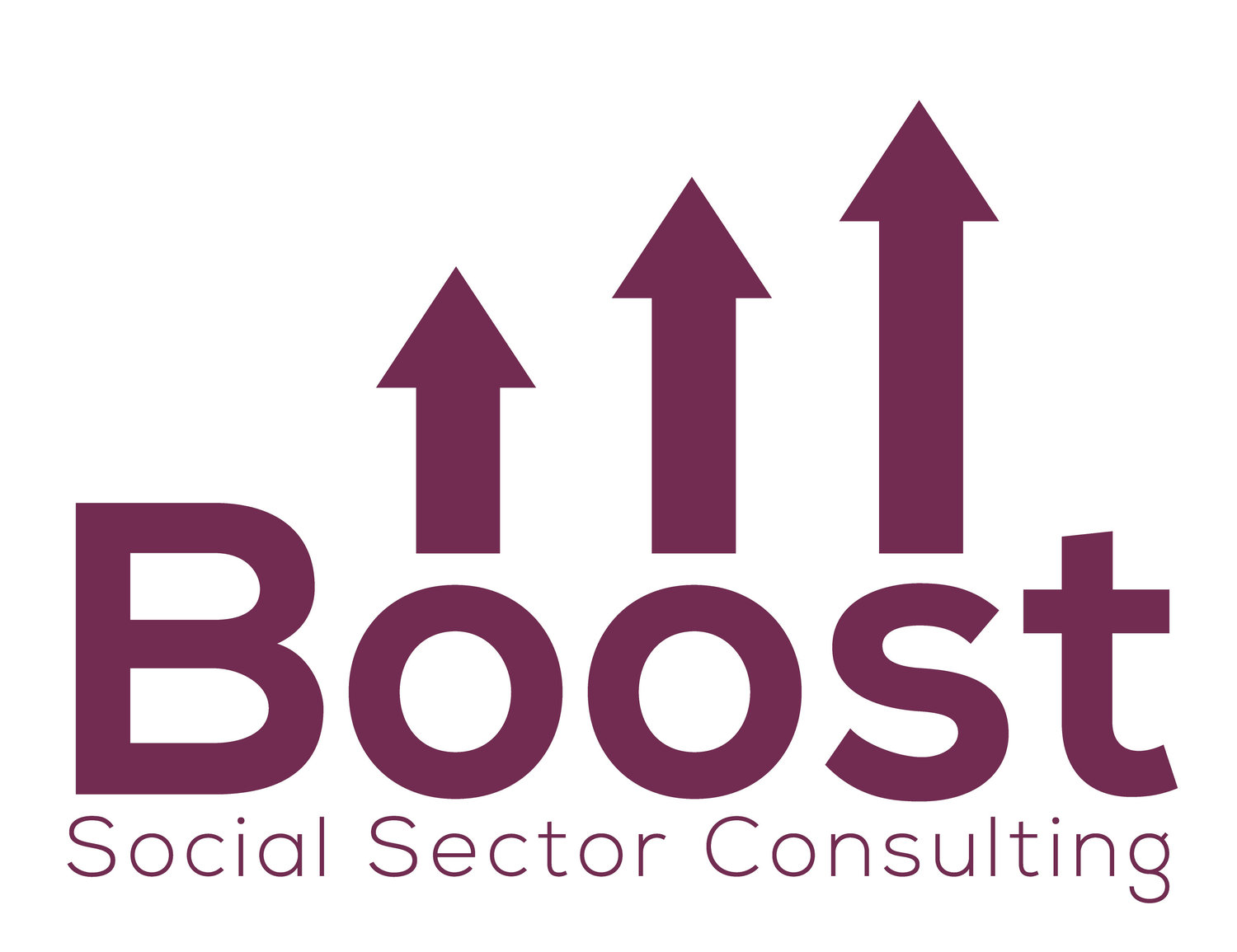Mapping Impact with a Theory of Change
/By Rachel Roth
In a 2016 interview about the Gates Foundation’s gender equality work, Melinda Gates spoke about the Foundation’s assumption that women would benefit from some of its investments. In agriculture strategy, for example, the Foundation assumed that “if we got a great new drought-resistant seed and we managed to get it distributed in the system, we just assumed that it would reach female farmers.” However, because women do not interact with agro-dealers “that’s a false assumption… so if you don’t develop specific programming to ensure that seed gets in a woman’s hands, then the extra income [generated by higher-yielding crops] goes into her husband’s hands.”[1]
As this example demonstrates, the success of a program ultimately relies not only on an understanding of how and why an organization does something, but also on a number of assumptions that support the link between the activities and the desired outcomes. Theories of Change provide organizations with the opportunity to define how a series of actions (both immediate and intermediate) will lead to reaching a long-term goal.
Boost recently worked with an arts-education organization to develop a new strategic plan. In order to clarify the organization’s purpose, and develop a new strategy and goals that would carry forward the important work of the organization, the Executive Director sought to develop a Theory of Change (TOC). Prior to developing this TOC, Boost developed a baseline understanding of the organization, engaged “internal” and “external” stakeholders to understand opportunities for effectiveness and impact, and developed a competitive landscape, including strengths and challenges of key competitors and areas of differentiation. We also surveyed and engaged in numerous meetings with LEAP’s management team throughout the TOC process.
To develop a TOC that would be useful, Boost worked with the organization (among other things) to:
Ensure that the staff, Board, and external stakeholders were aligned about how they think about the organization’s work. In order to understand each stakeholder’s vision for the organization, Boost interviewed and held numerous meetings with members of the leadership team, Board, and strategic planning committee, as well as focus groups with additional staff. At the beginning of the process, brainstorming sessions with the leadership team were particularly important in identifying the organization’s long term goals. What do desirable outcomes look like and what is realistic for the organization to achieve? For instance, how should the organization decide how many students to enroll in its afterschool programs? Is it better to have 100 kids who show up 75% of the time or should the organization invest more deeply with fewer kids to make a greater impact on those particular students and families? Unresolved conflict about what success looks like can create frustration and dilute the organization's efforts.
Identify factors that may threaten or enhance the TOC. Interviews with teachers and principals helped us to ensure that the stated goals of the organization correspond with the needs and interests of its customers, as well as with the way that they use their resources. These educators, along with other external stakeholders (school system administrators, funders, and peers) also provided insight into questions such as: What are the trends in funding for this organization’s work? Will political factors affect the future of the organization? Will changes to the community schools movement influence the organization’s programs? Does the organization foresee any transitions in key leadership roles that would affect the way it carries out its programs?
Identify assumptions that support the link between the organization’s activities and the long-term goals. Boost worked closely with the organization’s management team to pinpoint these assumptions. As demonstrated in the Gates example above, in order for an organization to achieve its ultimate outcomes, a number of principles and beliefs must hold true. For the organization that Boost recently worked with, these ranged from assumptions about the effectiveness of arts-integrated education in teaching SEL competencies and academic subjects to the availability of funding for art-integrated education in NYC schools to the availability of artists who would be willing to teach in NYC schools.
So, as the baseball legend, Yogi Berra, once observed: “If you don't know where you are going, you might not get there.” In other words, without a map, or a plan that helps you get from one place to another, you will end up in the wrong place. A Theory of Change, therefore, is an essential part of an organization’s strategic decision-making process, helping an organization ensure that it is clear on its destination as it navigates all the twists and turns of the road towards progress.
[1] http://www.macleans.ca/news/melinda-gates-on-sexism-contraceptives-and-international-development/

